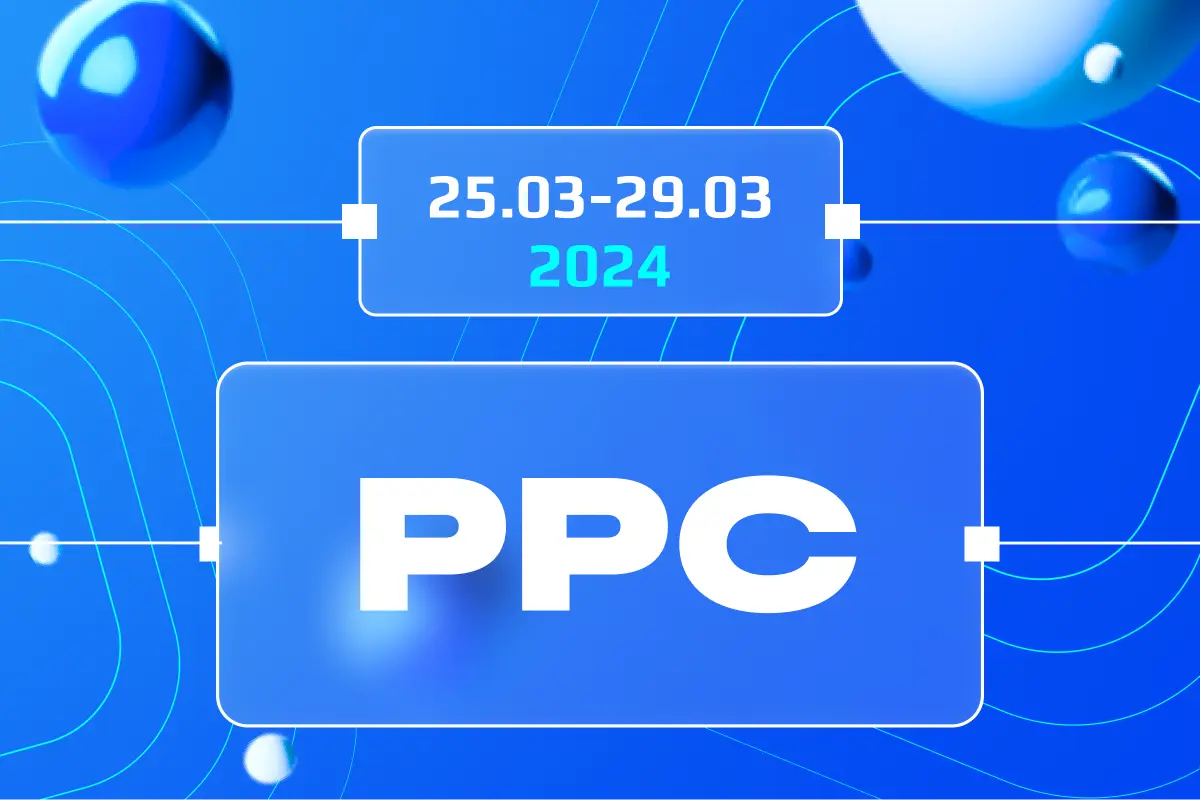Content Marketing Metrics and Monitoring Methods
Capturing and holding the audience’s attention is dominated by the power of compelling content. This necessitates a strategic approach to content creation and marketing, where success is measured using specific metrics. These metrics, combined with meticulous monitoring methods, allow businesses to gauge the effectiveness of their content marketing efforts and fine-tune strategies as needed. This involves determining key objectives, setting measurable KPIs, and ensuring collective understanding and alignment across teams. In this context, tools like the Google Search Console, with its capabilities to optimize structured data and enhance rich results, play a major role.
What Are Content Marketing Metrics?
Content marketing metrics are quantifiable measures used to assess the performance of your content marketing efforts. These include an array of elements such as engagement rate, click-through rate, conversion rate, time spent on page, and bounce rate. They also encompass SEO-related metrics like organic traffic, keyword ranking, and the performance of rich snippets.
What Are Your Objectives and KPIs for Content Marketing?
The objectives for content marketing can vary from brand awareness and lead generation to customer retention and loyalty. These objectives should align with the overall business goals. Key Performance Indicators (KPIs), on the other hand, are specific measurements that indicate whether these objectives are being met. For example, if the objective is to increase website visibility, a possible KPI could be the performance of rich snippets, as they can enhance visibility and potentially increase organic traffic.
Keep Everyone on the Same Page
For successful content marketing, everyone involved must understand the objectives and KPIs. This includes content creators, SEO specialists, digital marketers, and anyone else involved in the process. Ensuring a shared understanding of these metrics and goals helps maintain alignment, promotes consistency, and facilitates effective collaboration. Regular meetings and clear communication can aid in achieving this collective understanding.
Important Content Marketing Metrics to Track
In the world of digital marketing, certain metrics stand out as particularly useful for gaining understanding of content performance. These include User Behavior Metrics, SEO Metrics, and Conversion Metrics. Each of these categories encapsulates a variety of individual metrics that, when analyzed together, give a comprehensive overview of how well your content marketing efforts are doing.
User Behavior Metrics
User behavior metrics are pivotal in understanding how your audience interacts with your content. These metrics allow you to delve into the specifics of user interaction and behavior, giving you valuable insights to guide your content strategy. Here, we will focus on pageviews, users, sessions, and the percentage of new sessions.
Pageviews
Pageviews refer to the total number of pages viewed or refreshed in the user’s browser within a given period. This metric is a direct indicator of how much your content is being consumed. An increase in pageviews means your audience is spending more time consuming your content, which can lead to higher engagement and conversion rates.
Users
The “users” metric refers to the number of unique individuals who visit your site during a specific period. This metric is essential because it shows the size of your audience. A steady growth in the number of users can indicate that your content is attracting new visitors, which could mean your brand visibility and awareness is increasing.
Sessions
Sessions refer to the period during which a user is actively engaging with your website. Within a single session, a user can view multiple pages. This metric is valuable in understanding the behavior of your audience during a single visit. For instance, a high number of sessions with low pageviews might indicate that users aren’t finding what they’re looking for and are leaving your site quickly.
Percentage of New Sessions
The percentage of new sessions is a measure of how many sessions on your site are from new visitors versus returning visitors. A higher percentage indicates that your site is attracting new visitors, which is important for expanding your audience. Conversely, a lower percentage could mean that your content is engaging enough to make visitors come back. Both scenarios are beneficial and depend on your marketing goals. Always aim for a balance between attracting new visitors and retaining existing ones.
Website Sessions by Source
Website sessions by source is a critical metric that tells you where your site’s traffic is coming from. This could be organic search (via search engines), direct (users typing in your URL directly), referral (from other websites), or from social media platforms. Understanding this metric helps you identify which channels are driving the most engagement, allowing you to optimize your marketing strategies and allocate resources effectively.
Average Time on Page
The average time on page is a measure of how long, on average, visitors spend on a particular page on your website. This metric can provide insights into how effectively your content is engaging visitors. A longer average time could indicate that your content is interesting and valuable, prompting users to spend more time reading or interacting with it. Conversely, a short average time could suggest a need for content improvement or that the page isn’t meeting user expectations.
Bounce Rate
Bounce rate is the percentage of visitors who leave your website after viewing only one page. This is an important metric as it can indicate a mismatch between what your content promises and what it delivers. A high bounce rate could signify that your site isn’t engaging enough, the user experience is poor, or the content is not relevant to the visitors. On the flip side, a low bounce rate often means that visitors find your site valuable and are exploring more of your content.
Pages Per Session
Pages per session, also known as average page depth, measures the average number of pages viewed during a single session. This metric helps you understand the level of engagement of your users. A higher number implies that visitors are finding your content interesting enough to navigate through multiple pages, indicating a successful user engagement strategy.
Social Shares
Social shares refer to the number of times your content is shared on social media platforms such as Facebook, Twitter, LinkedIn, etc. This is a vital metric to track as it indicates how well your content resonates with your audience. High social shares often signify engaging, valuable content that users find worth sharing with their networks. Tracking this can help you understand what kind of content performs
SEO Metrics

SEO metrics are crucial for measuring the effectiveness of content marketing efforts. They provide insights into how well your content is performing in organic search, the sources of your traffic, and the keywords that drive visitors to your site. By analyzing these metrics, you can identify the types of content that resonate with your target audience and evaluate how well your content marketing efforts are contributing to your business goals. Some of the key SEO metrics to analyze include impressions, click-through rate (CTR), average position, and backlinks.
Impressions & Click Through Rate (CTR)
Impressions and Click Through Rate (CTR) are important SEO metrics to track. Impressions refer to the number of times your content is displayed in search results, while CTR is the percentage of viewers who click on your content after seeing it in search results. A high number of impressions combined with a lower CTR might indicate that your content is visible, but not compelling enough to prompt clicks. Improving your titles and meta descriptions can help increase your CTR.
Average Position
The average position is a valuable SEO metric that indicates the average ranking of your website for all of its keywords. It can provide insights into which pieces of content you should prioritize for optimization to achieve higher rankings in Search Engine Results Pages (SERPs). Monitoring your average position can help you understand how your SEO efforts are impacting your visibility in search results.
Backlinks
Backlinks, or inbound links, are links from other websites that point to your content. They play a vital role in SEO, as they can significantly boost your site’s authority and visibility in search results. The quantity and quality of your backlinks can serve as an indicator of the credibility and popularity of your content. Tools like SEMrush’s On Page SEO Checker can be used to track and analyze your backlinks.
Conversion Metrics
Conversion metrics are indicators of how well your content is driving desired user actions and contributing to the overall business objectives. They enable you to track the percentage of visitors who are completing the desired actions on your website, such as signing up for a newsletter, making a purchase, or filling out a contact form. These metrics offer a clear insight into the effectiveness of your content marketing strategy and help in making data-driven decisions to improve your conversion rates.
Goal Completions
Goal completions, a key aspect of conversion metrics, refers to the number of times users complete a specific action that you’ve defined as a ‘goal’ on your website. This could be anything from downloading an ebook, completing a contact form, or finishing a purchase. By tracking goal completions, you can understand how effectively your content is leading users down the conversion funnel and stimulating them to take the desired action. It’s an excellent way of quantifying the success of your content marketing efforts.
Goal Value
Goal value is another critical conversion metric that brings the monetary perspective into your content marketing analysis. It assigns a dollar value to each completed goal, providing an estimate of what each conversion is worth to your business. By calculating the goal value, you can comprehend the financial impact of your content marketing efforts. This metric is particularly useful for understanding the ROI of your content marketing strategy, enabling you to allocate resources more effectively and maximize your marketing budget.
Conversion Rate
The conversion rate is the percentage of visitors who take a desired action after interacting with your content. This action could be as simple as signing up for a newsletter or as complex as making a purchase. To calculate the conversion rate, you divide the number of conversions by the total number of visitors and multiply the result by 100. It’s vital to track this metric over time to see if your content is effectively driving users to take desired actions.
Page Value
Page value is another key metric in content marketing. It represents the average value for a page that a user visited before landing on the goal page or completing an e-commerce transaction. It helps you understand which pages on your website contribute most to your site’s revenue. Tracking this metric allows you to optimize those high-value pages and model other content after them, which can increase the overall profitability of your website.
Use These Metrics to Track Your Content Marketing Success
To successfully track your content marketing efforts, focus on these metrics: conversion rate, page value, pageviews, bounce rate, social shares, average position, backlinks, goal completions, and goal value. Each of these metrics provides insight into a different aspect of your content marketing strategy. By monitoring these metrics regularly, you can gain a clear understanding of what’s working, what’s not, and which areas require improvement. Remember, the goal is to continuously optimize your content to achieve better results.
Conclusion
Understanding content marketing metrics is crucial to the success of your overall strategy. These metrics, including conversion rate and page value, offer data-driven insights that can help you optimize your content, engage your audience, and achieve your business goals. Continually monitoring and analyzing these metrics allows you to make informed decisions, keep everyone on the same page, and ultimately drive your content marketing success. Remember, the journey of content marketing is a continuous cycle of creating, measuring, learning, and optimizing.
and stay up-to-date with the latest news about our platform and affiliate marketing.




